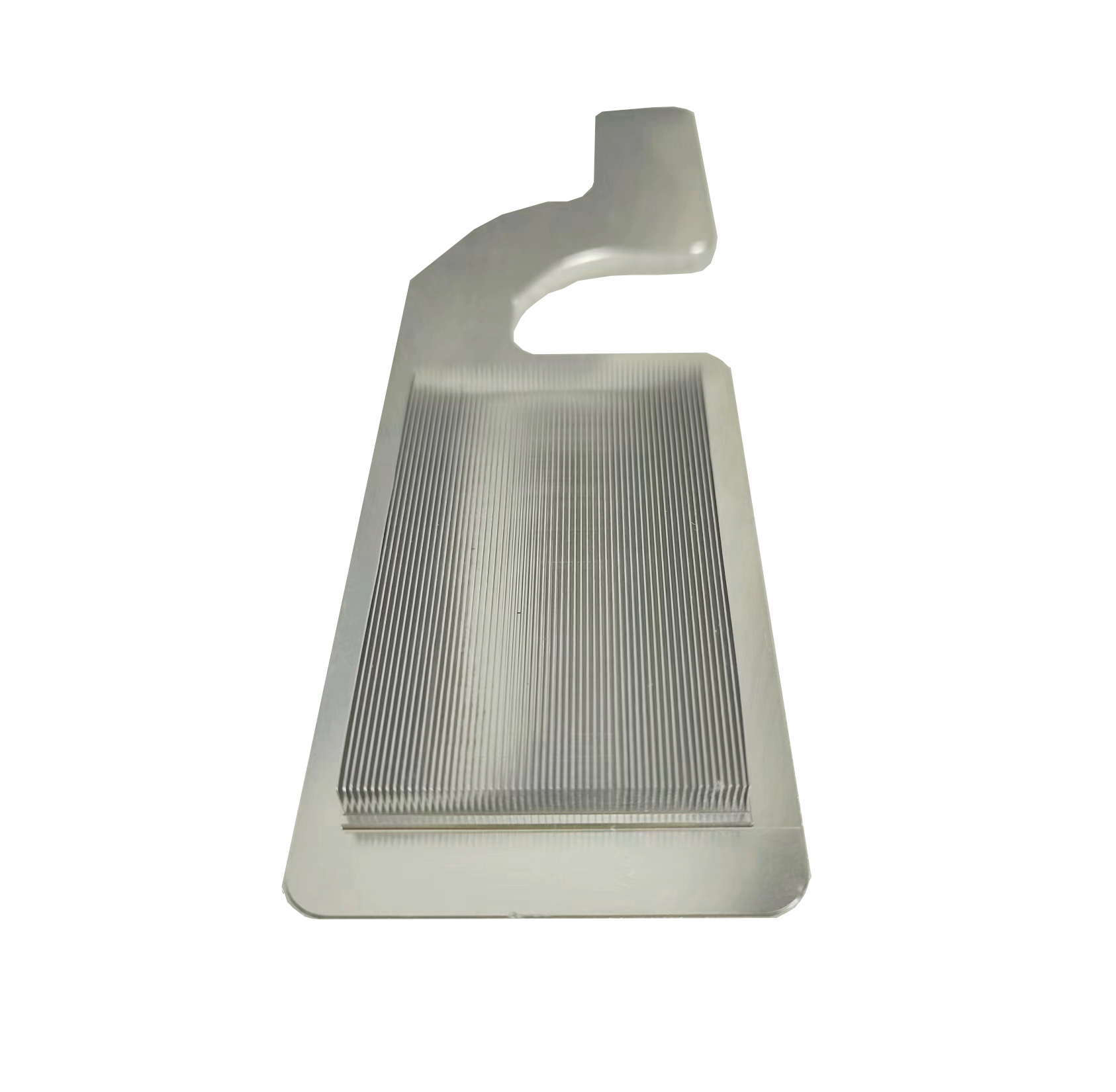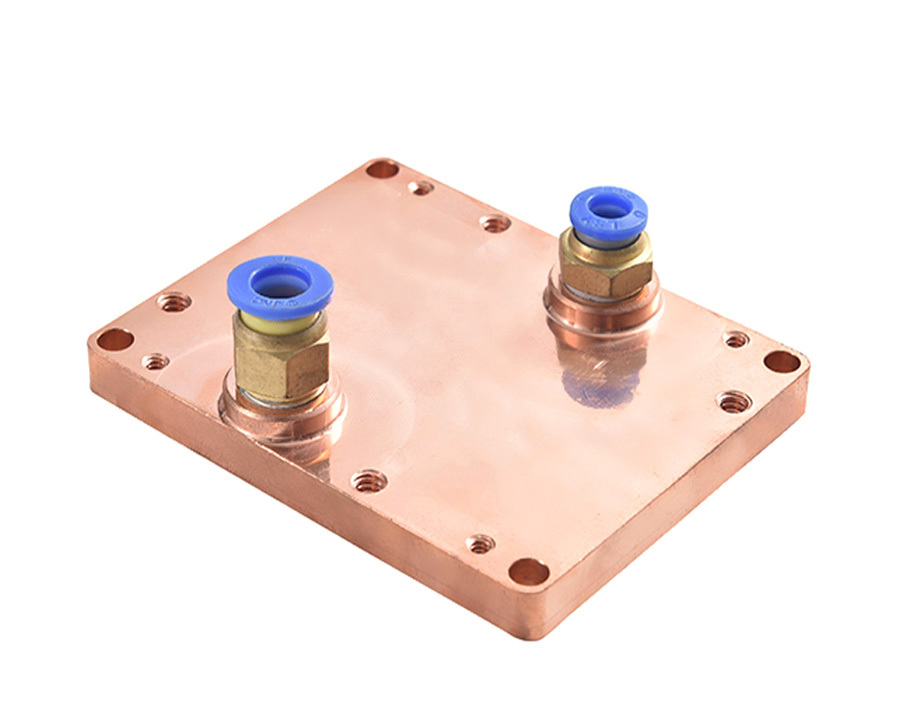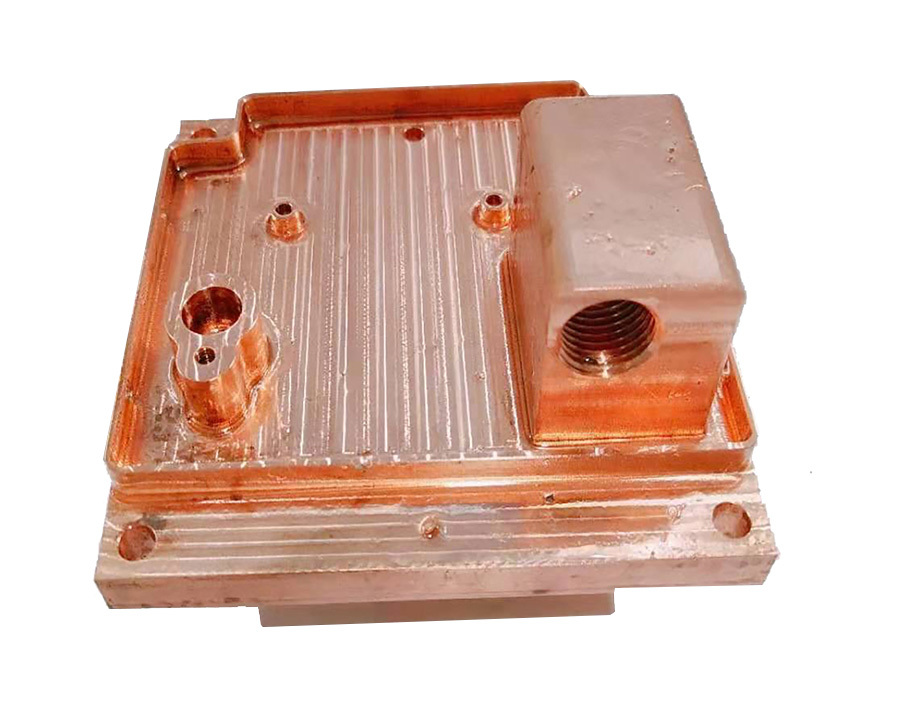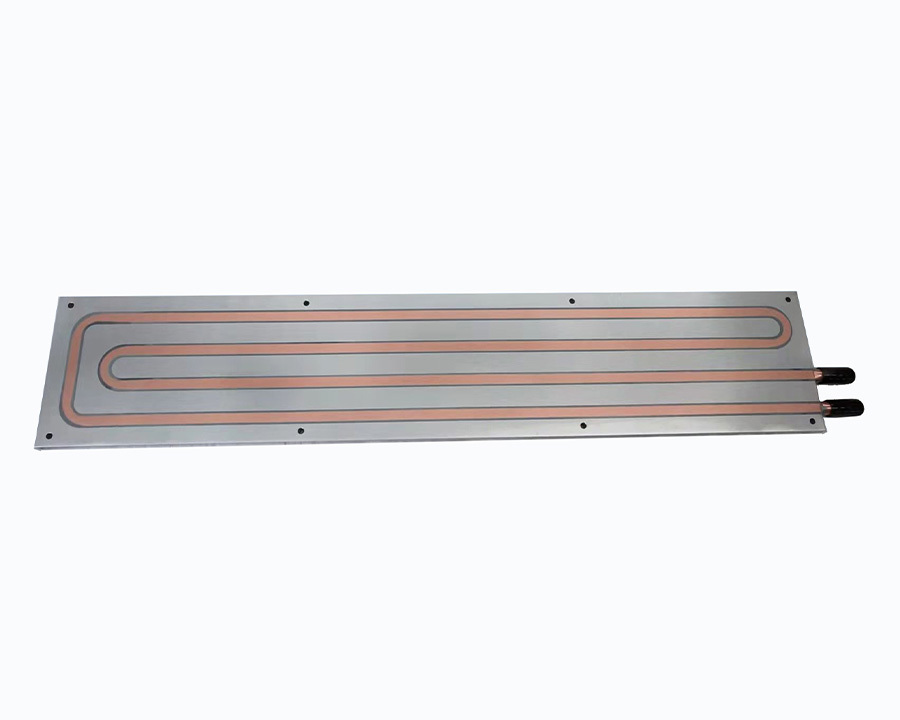




What's the Structure and Working Principle for the extrusion heat sink embedded heat pipe
- Basic Structure: It consists of an extrusion - formed heat sink body, heat pipes, and fins. The heat sink body is usually made of aluminum alloy through the extrusion process, which has a certain shape and structure to provide support and a basic heat - dissipation surface. The heat pipes are embedded in the heat sink body and are in good thermal contact with it. The fins are an integral part of the extrusion - formed heat sink body, extending outward to increase the heat - dissipation area.
- Working Principle: When the heat source generates heat, the heat is first transferred to the base of the extrusion heat sink. The embedded heat pipes quickly absorb this heat, causing the working fluid inside the heat pipes to evaporate and turn into vapor. The vapor, carrying the heat, moves to the cooler end of the heat pipes (usually the end with the fins) through the internal channels of the heat pipes. When the vapor reaches the cooler end, it condenses back into a liquid, releasing the heat to the fins. The fins then dissipate the heat into the surrounding air through natural convection or forced air cooling (such as with a fan). The condensed liquid returns to the evaporation section of the heat pipes through the capillary action of the wick structure inside the heat pipes, ready to repeat the cycle. In this way, the heat is efficiently transferred from the heat source to the outside world, achieving the purpose of heat dissipation.
What's the advantages for this kind of heat sink buried heat sink?
- High Heat Dissipation Efficiency: The heat pipes have extremely high thermal conductivity and can quickly transfer the heat from the heat source to the fins. The large - area fins enhance the heat exchange with the air, effectively improving the heat - dissipation efficiency and reducing the temperature of the heat source.
- Good Isothermal Performance: During operation, the temperature gradient between the evaporation section and the condensation section of the heat pipes is very small, which can make the temperature distribution of the heat sink relatively uniform and avoid local overheating.
- Compact Structure: The extrusion process can produce heat sinks with complex shapes and high precision, which can be customized according to the needs of different applications. The integration of heat pipes and fins in the structure makes the overall heat sink more compact, saving space.
- Reliable Operation: Heat pipes have no moving parts, so there is no wear and tear, and the service life is long. The extrusion - formed heat sink body and fin structure are relatively stable, not easily deformed or damaged, ensuring the reliability and stability of the heat sink during long - term operation.
What's main manufacturing process to produce a extrusion heat sink buried heat pipes?
- Extrusion Heat Sink Manufacturing: Aluminum alloy materials are heated to a certain temperature and then extruded through a die to form a heat sink body with a specific shape and structure. During the extrusion process, the fin structure can be directly formed to increase the heat - dissipation area.
- Heat Pipe Manufacturing: The heat pipes are usually made of copper or other high - thermal - conductivity metals. The manufacturing process includes cleaning the pipe, filling it with a working fluid, and then sealing the ends. Common heat - pipe manufacturing processes include powder sintering, groove processing, and screen printing.
- Assembly Process: The heat pipes are embedded in the pre - designed positions of the extrusion heat sink body. The common connection methods include soldering, brazing, and thermal - conductive adhesive bonding. Soldering and brazing can achieve a stronger connection and better thermal conductivity, while thermal - conductive adhesive bonding is simple and convenient, suitable for some low - power applications.





Extursion heat sink embedded heat pipes for Driver heat dissapation
Contact Us
Classification









